Unsuccessful medical reform, or How "crazy quarters" appeared in the United States
Categories: Health and Medicine | History | North America
By Pictolic https://pictolic.com/article/unsuccessful-medical-reform-or-how-crazy-quarters-appeared-in-the-united-states.htmlA psychiatric hospital is not a very pleasant place. Detached madmen, creepy experimental doctors and a general atmosphere of hopelessness — it is not surprising that these institutions constantly appear in horror films. In the 60s, an attempt was made in the USA to reform psychiatric clinics. Some of them were closed, and in others the time of stay of patients was minimized. After a course of treatment, the mentally ill were discharged home. This approach, of course, did not lead to anything good.
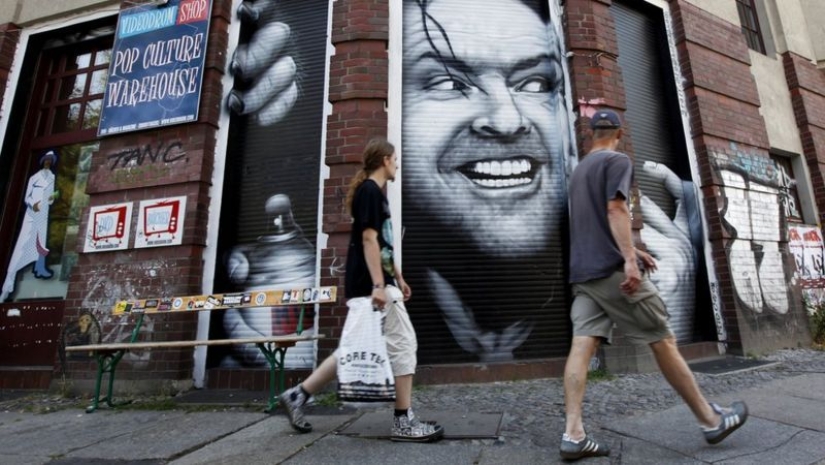
The Second World War caused the global economic crisis. He also touched on the United States, where they decided to significantly reduce the budget for medicine. This approach immediately affected the situation of the mentally ill, many of whom lost qualified medical care.
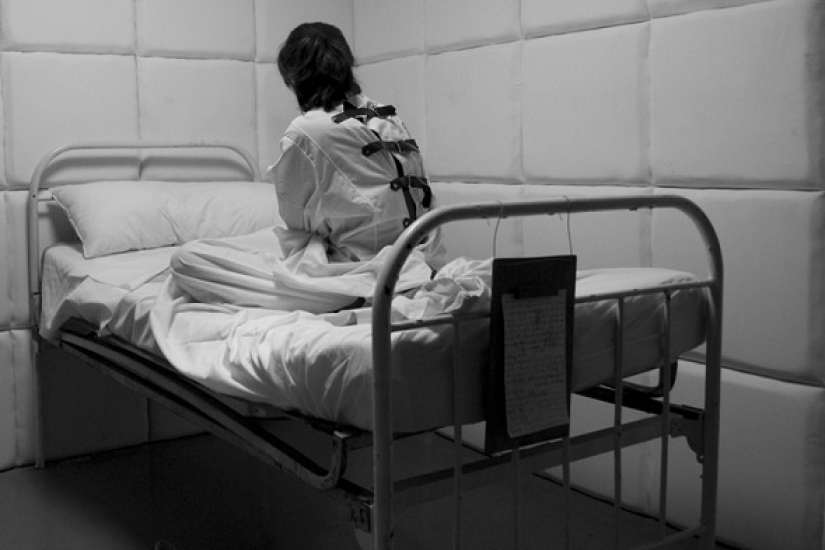
In 1945-1946, the famous journalist Albert Maisel conducted an investigation, the results of which he shared in Life magazine. Maisel has done a great and important job. He interviewed more than 3,000 employees of psychiatric clinics who worked during the war and after it. The picture loomed quite depressing.
Due to low wages, there was a catastrophic shortage of staff. At the same time, mental hospitals were overcrowded and patients often shared one bed for two. The patients wore rags, starved, and were treated with antediluvian, often barbaric methods. At that time, lobotomy, bloodletting and rigid fixation of restless patients were practiced in the USA. Instead of the drugs indispensable in psychiatry — neuroleptics, they often gave the usual laxative.
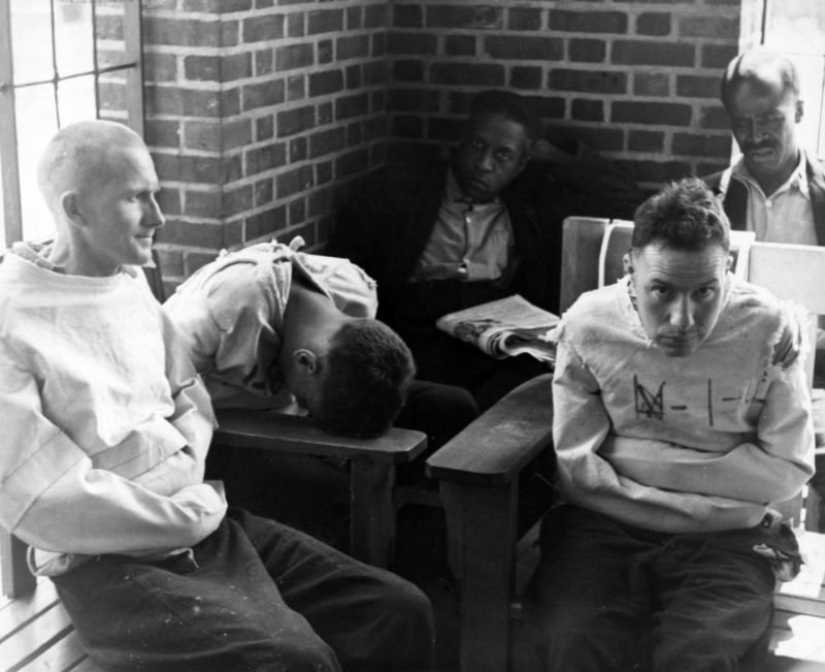
After Maisel's investigation, the deplorable state of psychiatry was talked about. There was growing outrage in American society about inhumane methods of treatment and the general situation of patients. As a result, the issue became so disturbing to citizens that the authorities decided to reform the outdated inefficient system. Only here the path was chosen the wrong way and only made it worse.
For the first time, the need to change the approach to the treatment of mentally ill patients was not discussed in the USA. The pioneer in this field was the famous Italian psychiatrist Professor Franco Basaglia. The scientist believed that clinics for the mentally ill, as places of prolonged isolation, should disappear. The doctor's opinion was listened to, and countries such as Switzerland, Sweden and Italy stopped keeping people in hospitals for years.
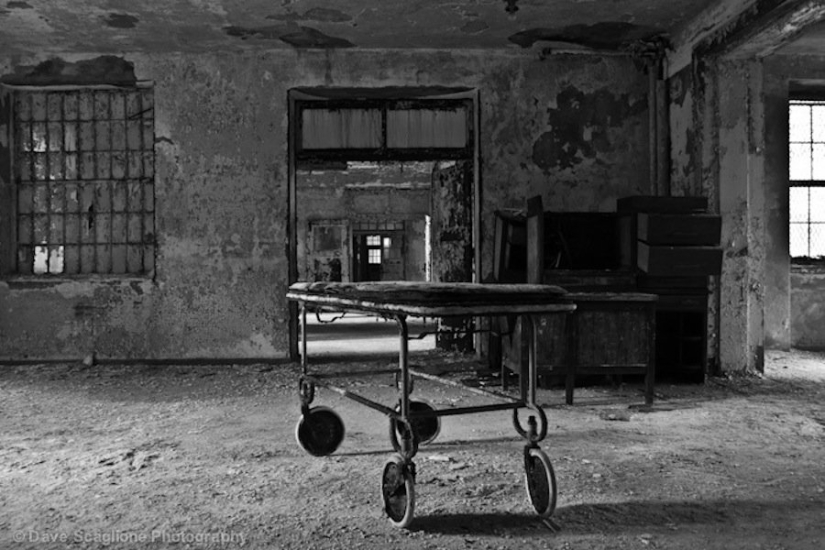
The discovery of the first neuroleptic, chlorpromazine, played a decisive role in these changes. It began to be used in 1954, first as anesthesia, and then for the treatment of schizophrenia. The drug has made it possible to achieve a significant improvement in the condition of many patients. Therefore, they began to be released en masse for home treatment, as well as to be assigned to rehabilitation centers and homes for the disabled.
In 1956, chlorpromazine was adopted in clinics in 37 US states. After treatment, many patients were able to return to normal life and even get a job. The method of therapy was found to be effective and this played a role in subsequent events. In the 60s, when Kennedy came to power, American psychiatric medicine began to be transformed.
In 1963, the "Law on Psychiatric Care for the Local Population" appeared, designed to bring about a real revolution in this field of medicine. The main idea of the reforms was the closure of budget clinics. Patients were supposed to receive outpatient care during periods of exacerbation of diseases.

In 1965, Medicare and Medicaid insurance for the poor appeared. Psychiatric care was also included in the list of medical services. That's just it was provided not in specialized hospitals, but in ordinary, general hospitals. The mentally ill began to be arranged in sanatoriums, homes for the disabled and elderly, in rehabilitation centers.
In 1975, a number of other laws were issued. They assigned responsibilities to regional outpatient centers not only to treat mentally ill patients. Now clinics had to be responsible for the social adaptation of such patients. They have opened departments dealing with the provision of housing, job search, training, issuance of food cards and others. But there was not enough funding, and after a couple of years the project ceased to exist.
Meanwhile, psychiatric hospitals continued to close. In 1955, 1 out of 300 applicants could count on a place in the clinic. In 2004, things got so bad that only 1 out of 3,000 patients received help. Many of the unfortunate, deprived of treatment and support, died. The number of homeless people and criminals with mental illnesses has also increased.
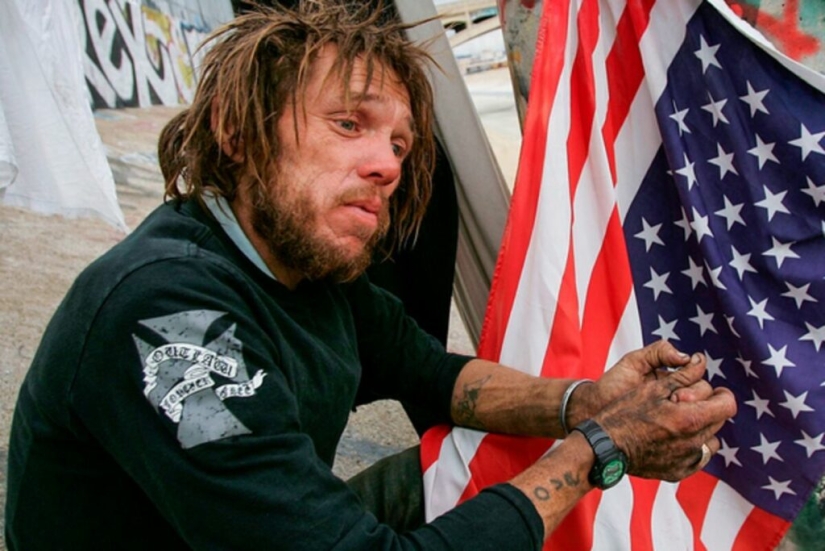
During the reform, from 1955 to 1998, the number of places in clinics decreased from 339 to 21 per 100 thousand population. Nowadays, up to 10 million Americans suffer from various mental illnesses. But the budget of American psychiatry is only 6 percent of total medical expenses. 90 percent of people who could have been treated in hospitals earlier live among ordinary people.
As a rule, these people have a low social status and are homeless or slum dwellers. Because of this, whole "crazy quarters" have appeared in big cities, where the probability of encountering a violent patient is very high. There is only one way out for these people — to get into a private psychiatric hospital. But commercial institutions refuse to treat with Medicare and Medicaid social insurance, and such patients and their relatives cannot pay for treatment themselves. As a result, in 2012 there were more patients in US prisons than in psychiatric clinics.

The fact that several states have a permit for the free carrying of weapons makes the picture even more scary. Every year there are more frequent cases when people with mental illnesses open fire in public places and educational institutions. Many experts believe that if you don't start taking action right now, it will lead to a real disaster.
Recent articles

While the sun practically disappeared from the sky above the Arctic Circle and the night seemed endless, the Vikings prepared to ...

This is for us, people, the New Year is one of the most important holidays of the year. But for animals, it's all a fuss, running ...

If it seems to you that the New Year holidays are being celebrated somehow incorrectly, then you definitely haven't seen these ...